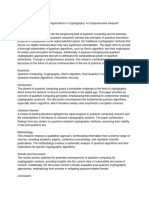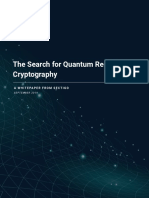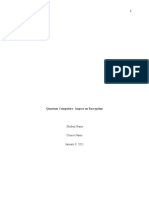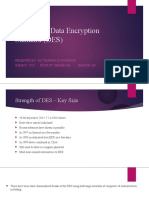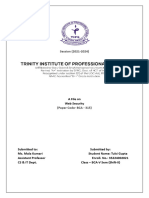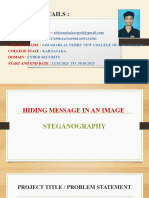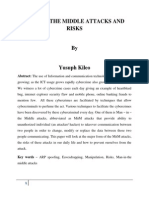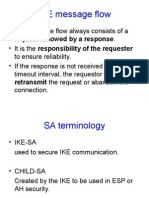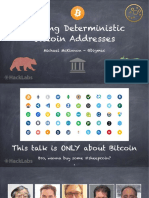0% found this document useful (0 votes)
7 views2 pagesThe Impact of Quantum Computing On Cryptography
The Impact of Quantum Computing on Cryptography
Uploaded by
astafev.viktorCopyright
© © All Rights Reserved
We take content rights seriously. If you suspect this is your content, claim it here.
Available Formats
Download as TXT, PDF, TXT or read online on Scribd
0% found this document useful (0 votes)
7 views2 pagesThe Impact of Quantum Computing On Cryptography
The Impact of Quantum Computing on Cryptography
Uploaded by
astafev.viktorCopyright
© © All Rights Reserved
We take content rights seriously. If you suspect this is your content, claim it here.
Available Formats
Download as TXT, PDF, TXT or read online on Scribd
/ 2







